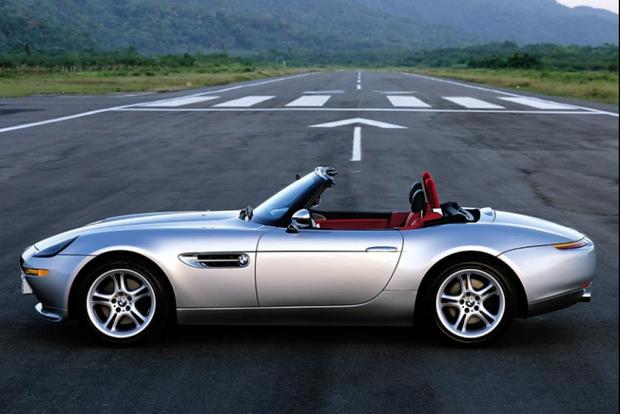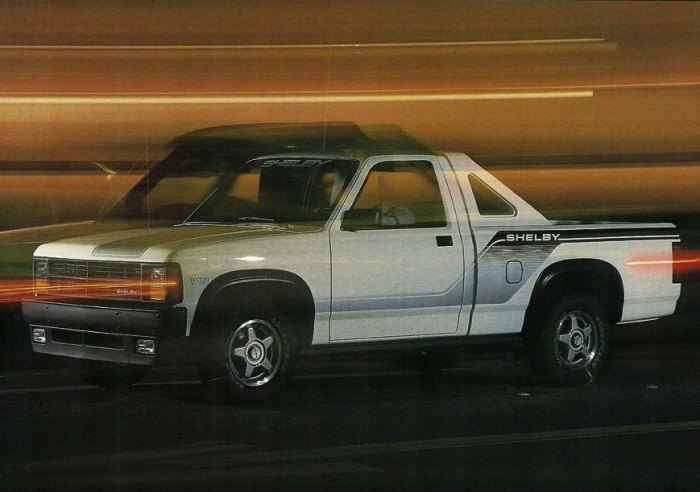#360
Buy/Drive/Burn: Super Expensive Convertibles From 2001
The Buy/Drive/Burn series has been all about convertibles lately. We started with some $40,000 luxury entries from 2010, then upped the dollar figure with three more from 2009 that asked over $90,000 for the pleasure of their company.
Today we step back in time to the year 2001, and spend even more money. The cheapest drop-top here is over $120,000. Let’s go.
Ramming Speed: The Best Pre-Millenium Dodge Trucks
Since Dodge started producing trucks way back in 1921, it has never held the crown of the best-selling pickup truck in America. Not once. Not even when Dodge was the top brand in America.
It seems from the get-go Dodge has played third-fiddle in Ford versus General Motors pickup truck wars. But being third child meant that Dodge often struggled to be recognized in the market when compared to its more famous competitors.
For enthusiasts, that has always been a good thing.
It meant Dodge always had to be different. Dodge always had to be innovative, or more enthusiastic, or just plain shout more than anyone else. The result of all that was Dodge brought us some very trick trucks along the way that were cutting-edge, that defined a market, or were just plain cool.
With that in mind, let’s take a look at 40 years of pre-Y2K Dodge truck highlights (even when they haven’t been so successful).

















Recent Comments